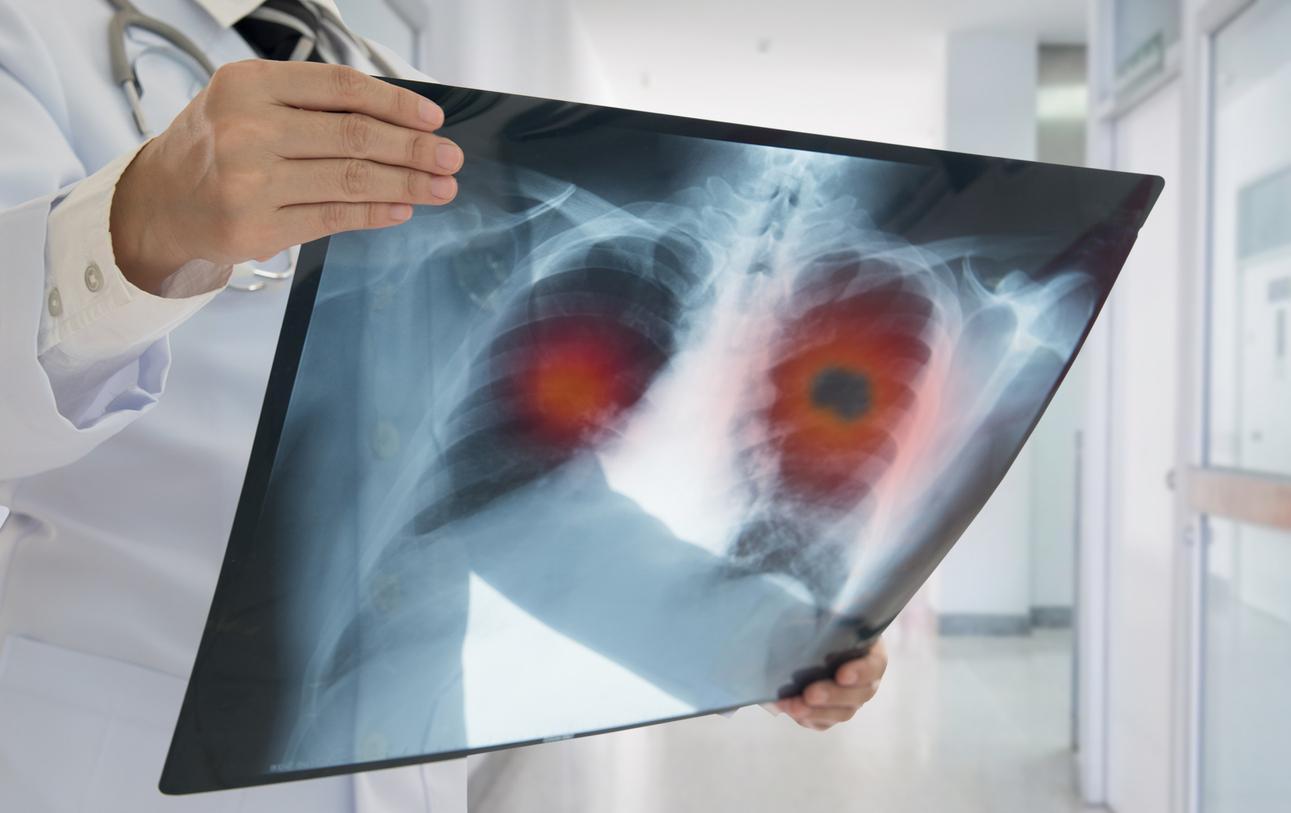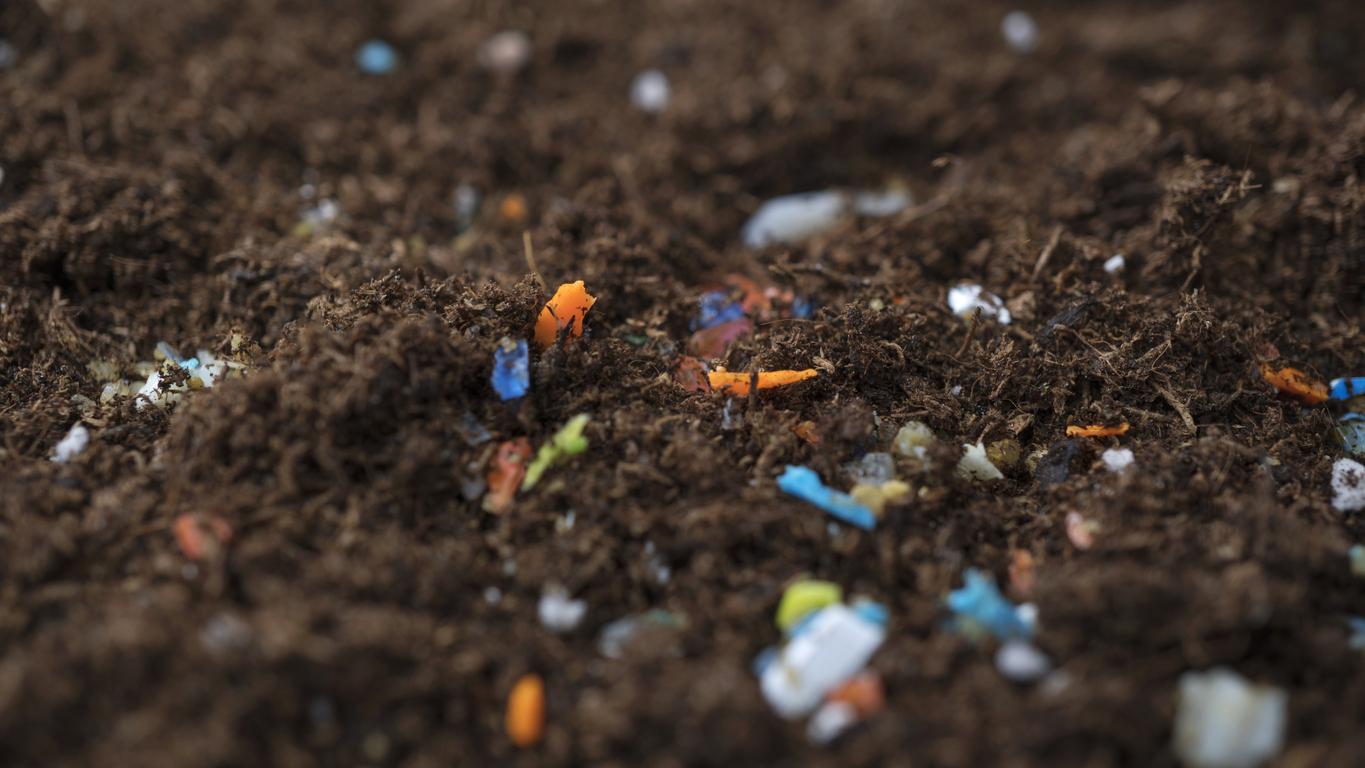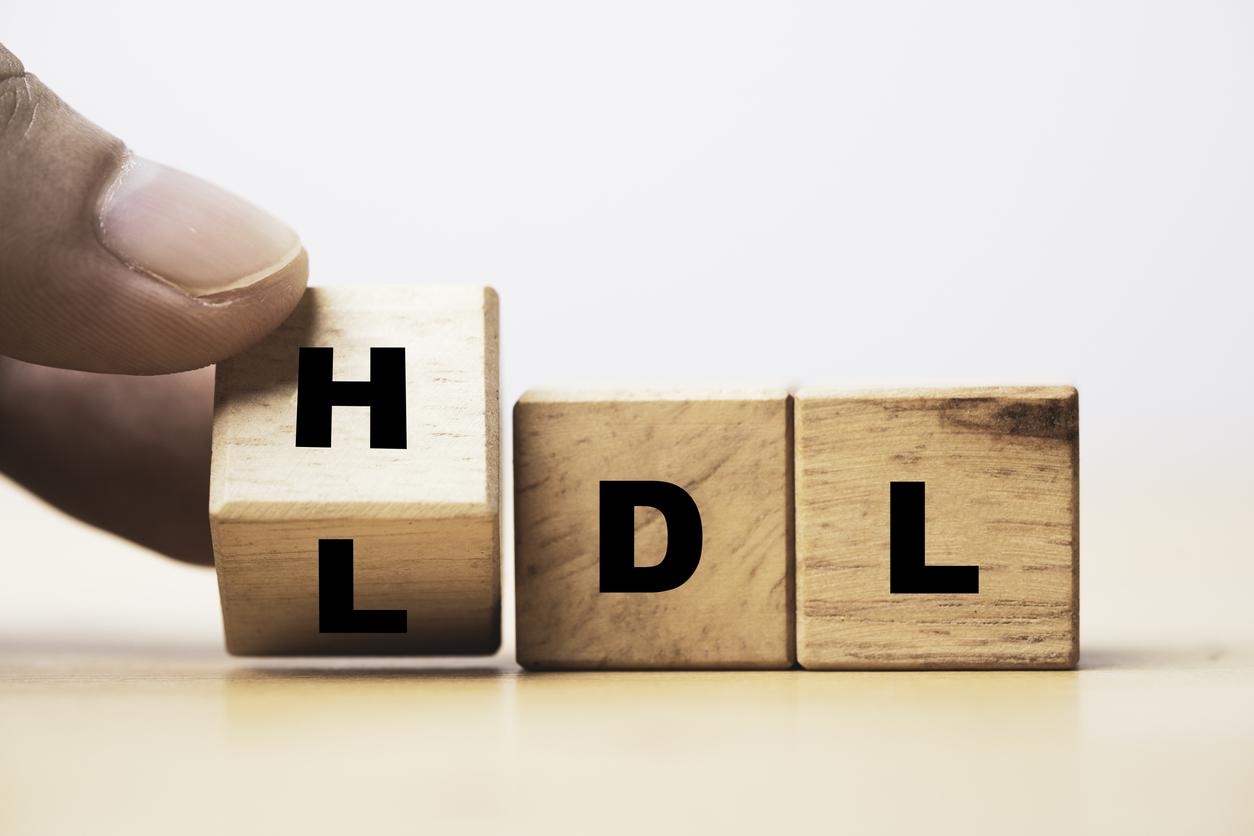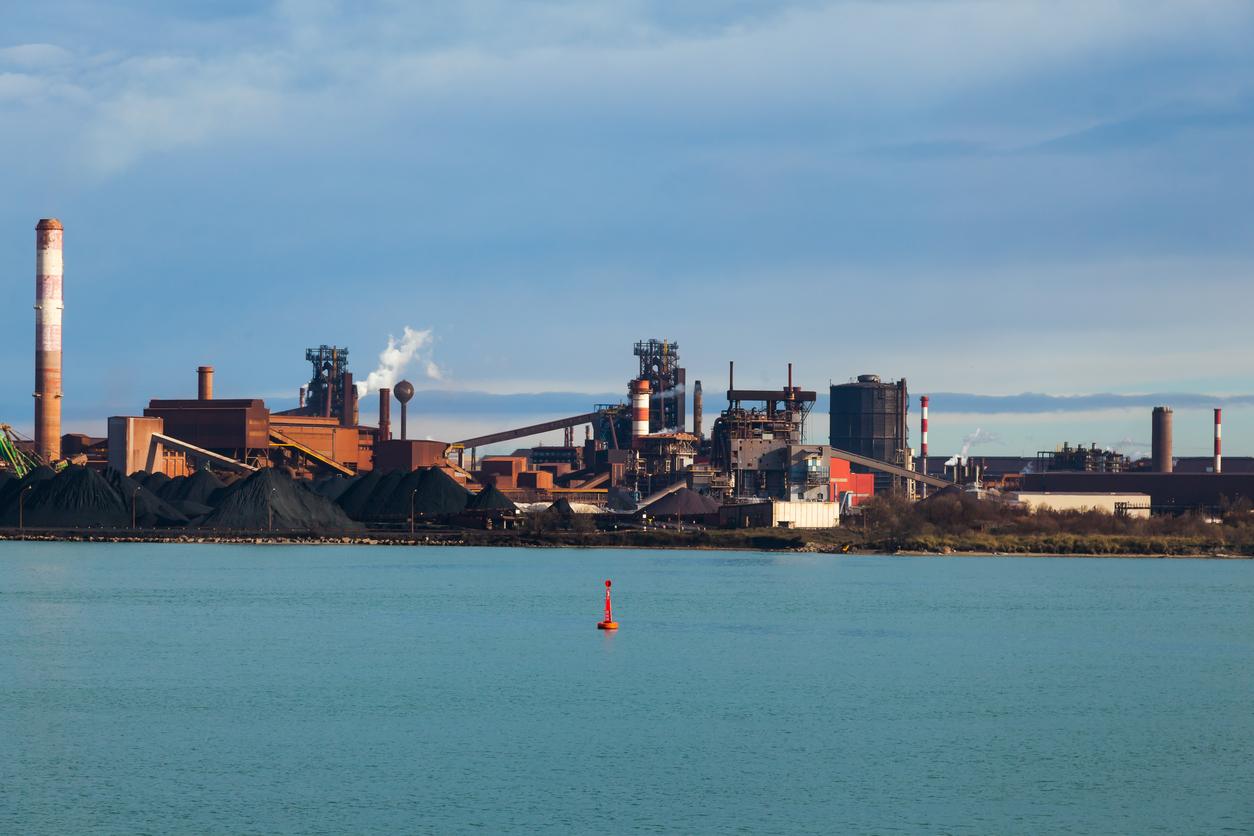HDL cholesterol is often referred to as “good” cholesterol. This is because it helps to remove low density lipoproteins (LDL), or “bad” cholesterol, from the arteries. It is considered that the HDL cholesterol level must be greater than 0.35 g / L to protect against cardiovascular disease.
Gold, a new study of the University of Seattle (United States) indicates that people who live in areas where air pollution is important, have a lower level of “good” cholesterol than normal.
Carbon dioxide lowers HDL levels
For this study, the researchers analyzed data from 6,654 adults participating in a multi-ethnic study on atherosclerosis (the loss of elasticity in the arteries due to a build-up of bad cholesterol). Participants’ exposure to air pollution was analyzed as well as their overall HDL level.
After a year of follow-up, the researchers found that people with higher exposure to carbon dioxide (particles mainly emitted by motor vehicles) had significantly lower HDL cholesterol levels, compared to those which had lower exposure. A more glaring finding in women.
While more research is needed to better understand how air pollution affects heart health, researchers believe this cardiovascular health risk should not be overlooked.
Read also :
Infographic: what is good cholesterol
Cholesterol: how to read your blood test















